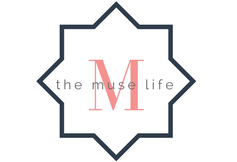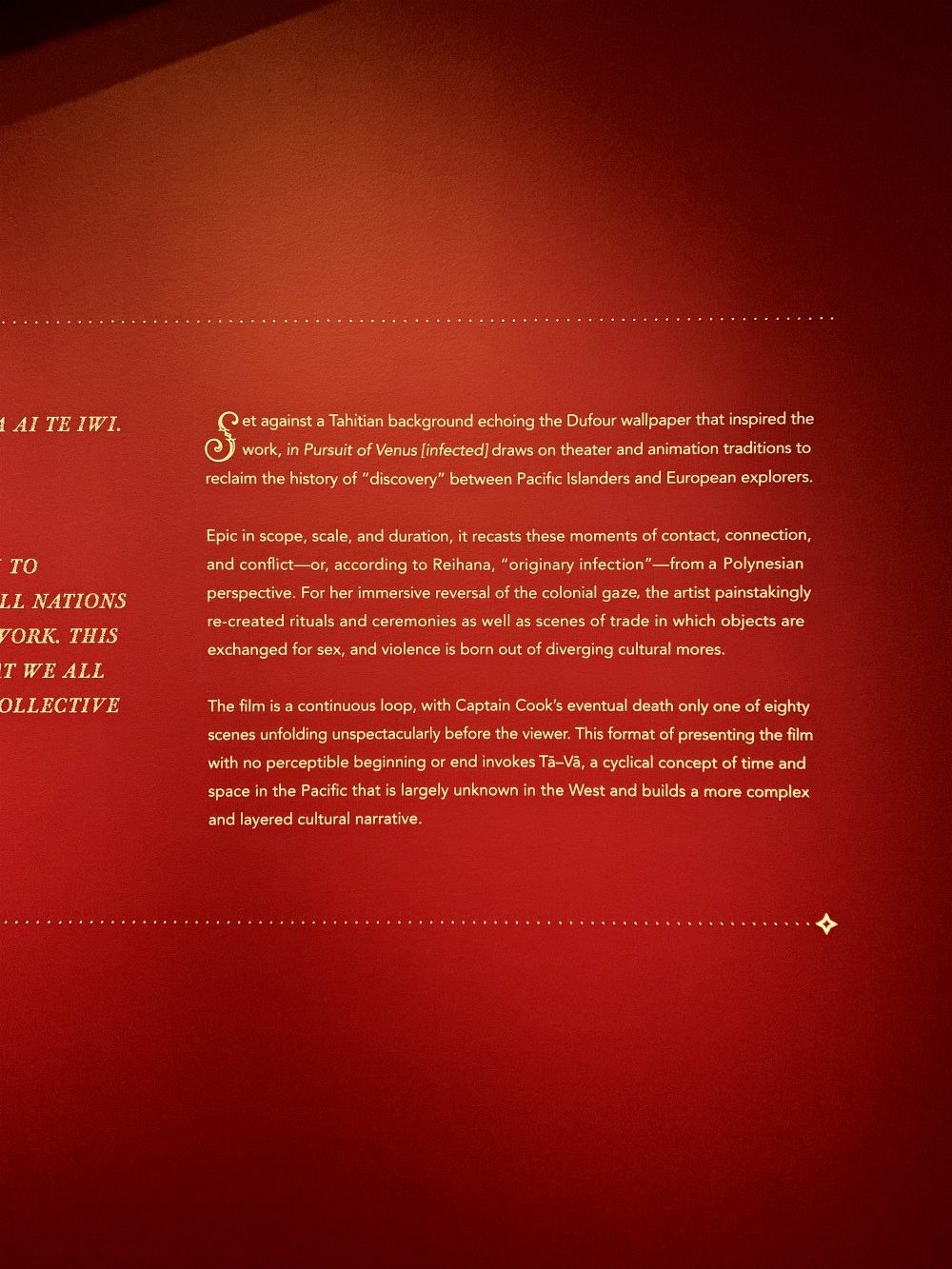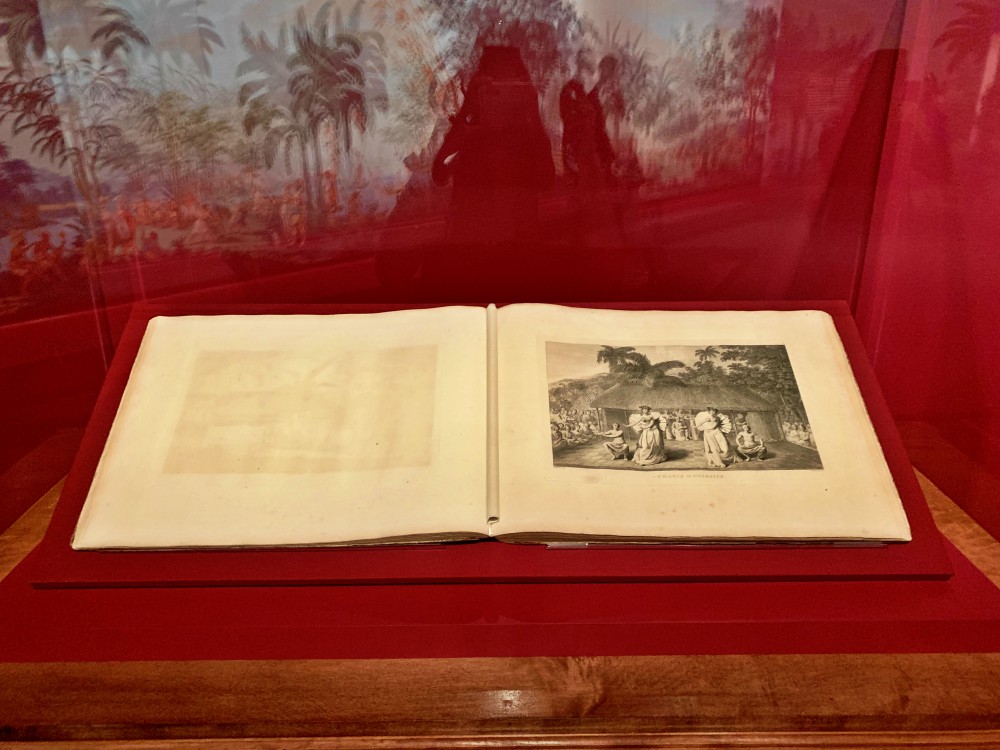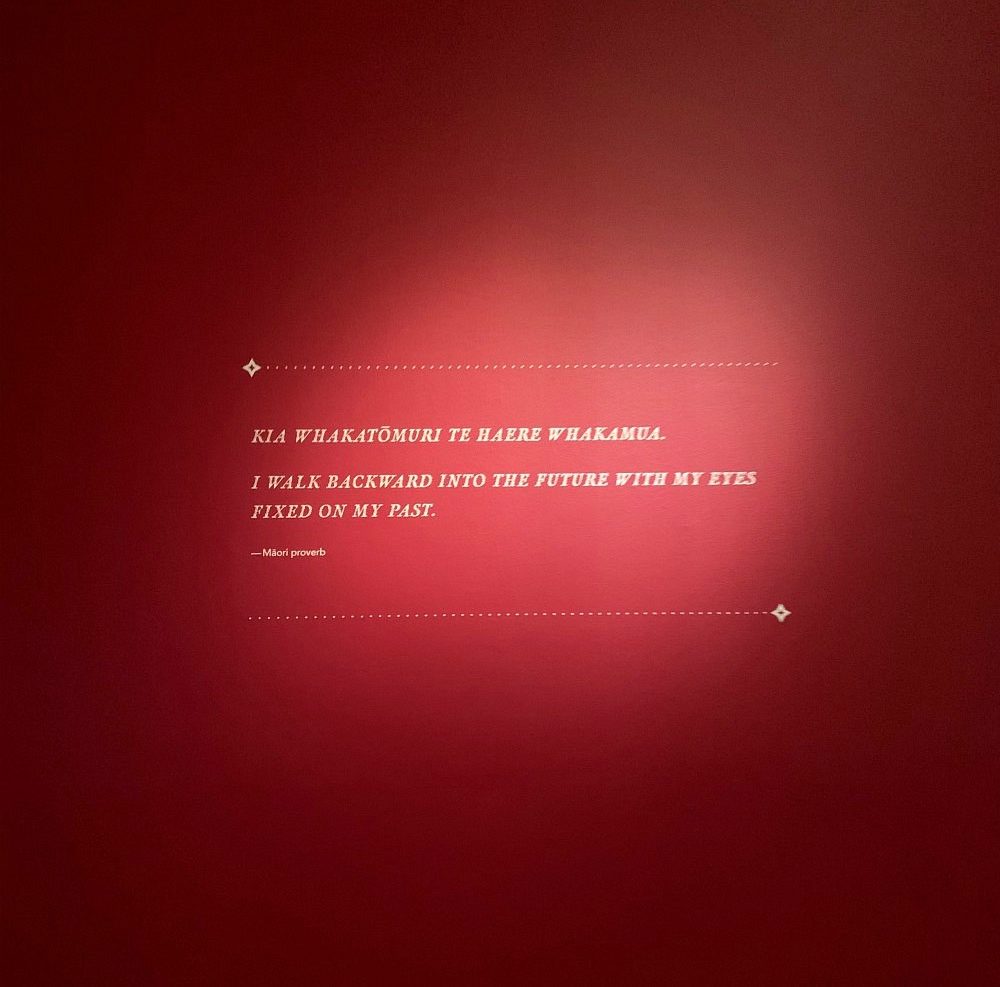In early September I shared something that had been on mind about the accuracy in the histories we know so well. You can read more about that here.
What prompted me to write that post was the number of times the subject matter had come up in just a few days. And then I flew out to California to visit a friend and one of the special exhibition galleries we saw at the De Young Museum paralleled perfectly with these ideas.
Lisa Reihana's In Pursuit of Venus [Infected] was a powerful look at the romanticized historical accounts of the European discoveries of the Polynesian islands and peoples.
You enter the room to a 20ft+ wall displaying a panoramic video that slowly moves by to focus on individual scenes that make up the whole. From Europeans trying to talk to the indigenous peoples, to traditional dance and spiritual rituals, to daily life scenes on the island you're forced to confront a romanticized reality and think about the outcomes from these encounters. What happens when the camera leaves these scenes? Do they continue peacefully, does an argument break out, has the scene even been an accurate representation of what actually happened?
There's a balance in how we look at and represent cultures that aren't our own — and Reihana demonstrates some of the traditional icons that we associate with these peoples, leis, hibiscus, grass skirts, but in a way that is respectful (they are her own culture after all) and simultaneously makes you question how these cultures have been broken down to just a few items. What about the richness of these peoples and their stories, their way of life, their explorations across the Polynesian triangle. What about those parts of their histories? Where have those gone?

![Lisa Reihana In Pursuit of Venus [Infected]](https://www.themuse.life/wp-content/uploads/2019/10/reihana-exhibition-wall.jpg)



Since we will be visiting some of those Polynesian islands next spring, I really wish I could have seen this
It was such an interesting exhibit. I’d definitely recommend Christina Thompson’s Sea People it’s a fascinating read and gives you a great history of the Polynesian islands.